Welcome to the intriguing world of feline behavior! Living with a cat is a unique and rewarding experience, but understanding their behavior is a kin to deciphering an enigmatic code. Within this comprehensive guide, we embark on a journey to demystify the intricate realm of cat behavior, shining a light on two prevalent challenges: aggression and anxiety. Whether you’ve shared your home with cats for years or are a newcomer to the captivating world of feline companionship, comprehending these facets is fundamental for nurturing a harmonious bond with your cherished pet.
Felines are fascinating creatures, each exhibiting distinct personalities, quirks, and behaviors. Yet, behaviors like aggression and anxiety can often perplex even the most devoted cat enthusiasts. Unraveling the nuances behind these behaviors requires insight, patience, and a nuanced understanding of the feline mind.
Aggression in cats encompasses a spectrum of manifestations—be it territorial displays, fear-induced responses, playful roughness, or redirected aggression. Similarly, anxiety, though subtle, can manifest through various cues, including changes in body language, excessive grooming, or withdrawal from usual activities. Deciphering these signs is pivotal in addressing the underlying causes and ensuring your cat’s well-being.

Throughout this guide, we’ll explore the triggers, subtle signals, and practical strategies to navigate and alleviate aggression and anxiety in your feline companion. From the role of environmental factors to the significance of positive reinforcement techniques, we’ll equip you with actionable insights to create a serene and comforting atmosphere for your cat.
Join us on this enlightening journey as we unravel the mysteries behind cat behavior, empowering you to forge a deeper and more fulfilling connection with your cherished feline friend.
Understanding Cat Aggression: Navigating the Spectrum
Cat aggression, though a natural behavior, can be perplexing for pet owners. In this section, we’ll explore the various types of aggression, decipher the signs, identify common triggers, and provide practical tips for managing and preventing aggression in your feline companion.
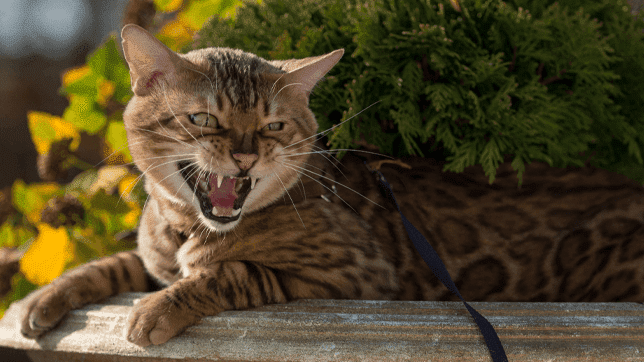
Types of Aggression
- Territorial Aggression: Cats are inherently territorial creatures. Learn to recognize signs of territorial aggression, such as urine marking and defensive postures, as your cat establishes and defends its space.
- Fear-Induced Aggression: When confronted with perceived threats, cats may react aggressively out of fear. Understand the body language and vocalizations associated with fear-induced aggression to create a secure environment for your cat.
- Play Aggression: Playful antics can sometimes escalate into rough behavior. Distinguish between playful and aggressive actions, encouraging appropriate play to redirect excess energy and prevent negative behaviors.
- Redirected Aggression: External stimuli, such as unfamiliar scents or sounds, can trigger aggression that is redirected towards another target. Identify potential triggers and minimize stressors to reduce the likelihood of redirected aggression.
Signs of Aggressive Behavior
Recognizing the signs of aggression is crucial for early intervention. Look for physical cues like flattened ears, dilated pupils, hissing, growling, or aggressive posturing. Understanding these signals enables prompt and effective responses.
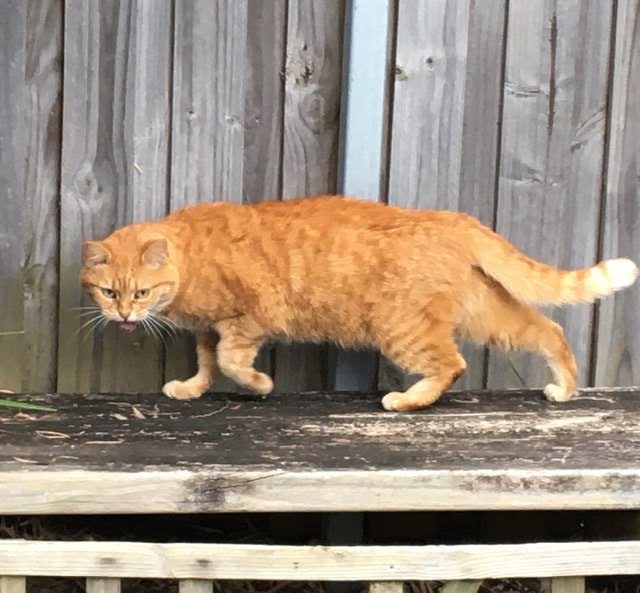
Common Triggers for Aggression in Cats
Identifying triggers is essential for addressing the root causes of aggression. Common triggers include changes in the environment, introduction of new pets, or medical issues. By pinpointing these factors, you can implement targeted strategies to mitigate aggression.
Tips for Managing and Preventing Cat Aggression
- Create a Calm Environment: Establish a cat-friendly space with hiding spots and elevated areas to reduce territorial stress.
- Positive Reinforcement: Reward desirable behaviors with treats or affection to reinforce positive interactions.
- Consult a Veterinarian: Rule out medical issues by consulting a vet, especially if aggression emerges suddenly.
- Gradual Introductions: Introduce new pets or changes slowly, allowing your cat to acclimate without feeling threatened.
By understanding the nuances of cat aggression and implementing proactive measures, you can foster a harmonious environment for both you and your feline friend.
Decoding Cat Anxiety: Understanding and Easing Feline Stress

Understanding and addressing anxiety in cats is pivotal for their overall well-being. In this section, we’ll delve into identifying signs of anxiety, exploring its causes, understanding environmental influences, and providing actionable tips to alleviate anxiety in your cherished feline companion.
Identifying Signs of Anxiety in Cats
- Behavioral Cues: Watch for behavioral changes like excessive grooming, hiding, aggression, or withdrawal. Changes in appetite or sleep patterns can also indicate underlying anxiety in cats.
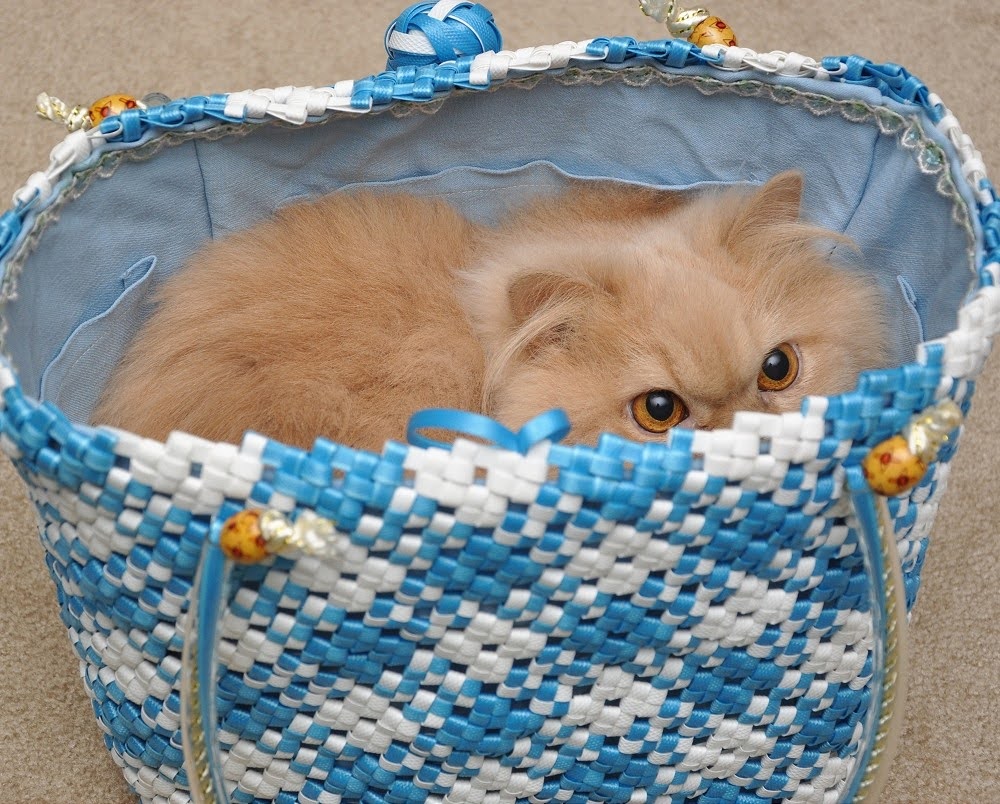
- Physical Signs: Physical manifestations such as gastrointestinal issues, excessive shedding, or restlessness may signal heightened stress levels in your cat.
Common Causes of Anxiety in Cats
Understanding the root causes of feline anxiety is essential. Factors like changes in routine, conflicts with other pets, past traumatic experiences, or lack of mental stimulation can contribute to your cat’s anxiety.
The Role of Environmental Factors in Cat Anxiety
Environmental factors play a significant role in a cat’s mental state. Factors like loud noises, lack of hiding spots, overcrowding, or changes in household dynamics can elevate stress levels in felines. Optimizing the living space to suit your cat’s needs is crucial in managing anxiety.
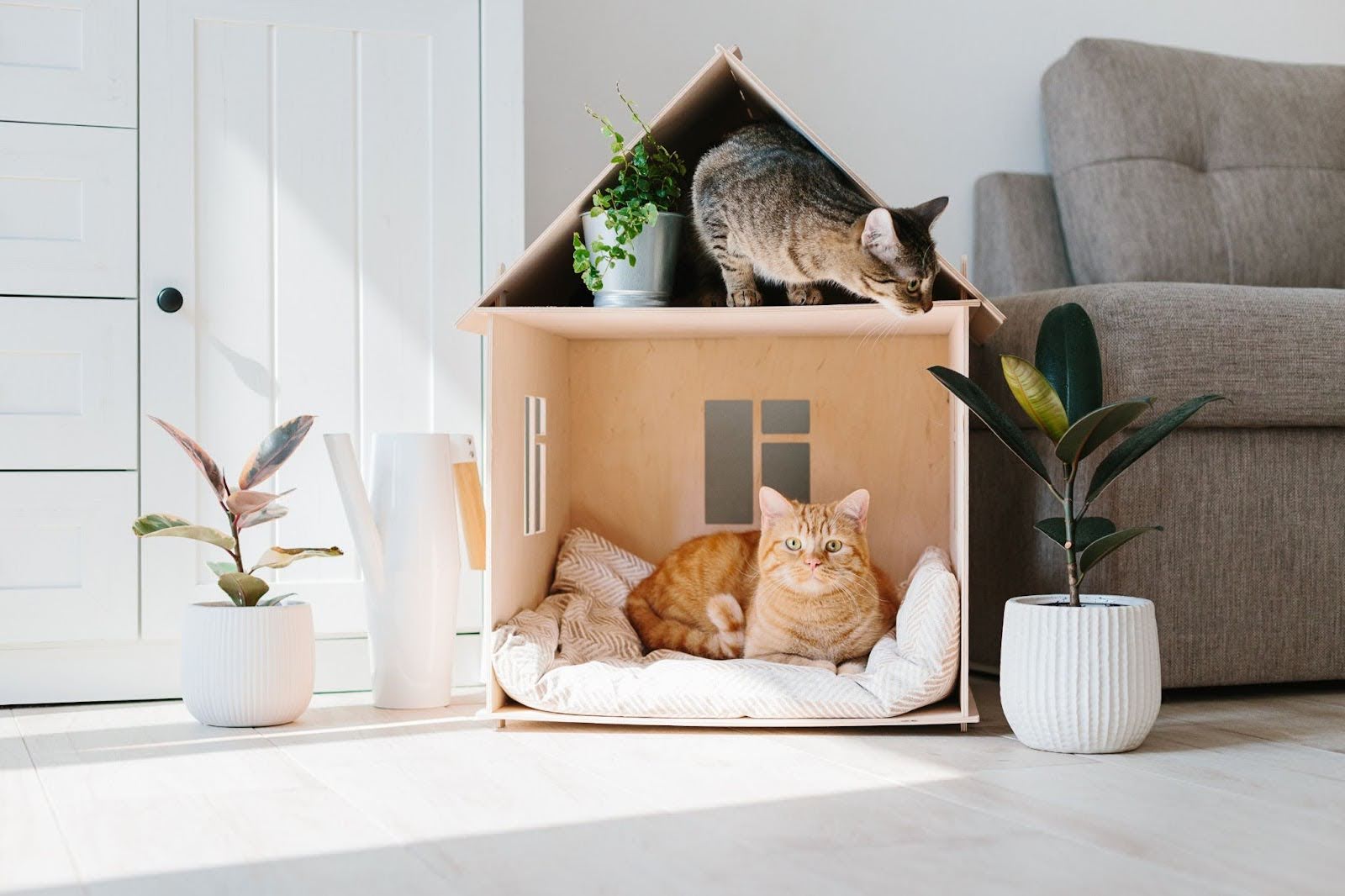
Practical Tips for Alleviating Cat Anxiety
- Safe Spaces: Provide secluded areas or cozy hiding spots where your cat can retreat when feeling stressed or anxious.
- Routine Stability: Maintain a consistent feeding schedule and playtime routine to provide a sense of security.
- Enrichment Activities: Stimulate your cat’s mind with interactive toys, scratching posts, or puzzle feeders to alleviate boredom and anxiety.
- Calming Techniques: Explore calming pheromone diffusers or soothing music to create a relaxing atmosphere for your cat.
- Professional Guidance: Seek advice from a veterinarian or animal behaviorist for personalized strategies to manage your cat’s anxiety effectively.
By recognizing the signs, addressing potential causes, and implementing a supportive environment with tailored activities, you can significantly reduce anxiety and promote a happier, more relaxed life for your beloved feline friend.
The Link Between Aggression and Anxiety: Decoding Feline Behavior Patterns
Understanding the intricate connection between aggression and anxiety in cats is essential for fostering a harmonious environment. In this comprehensive exploration, we will delve into the underlying dynamics of how anxiety can manifest as aggression, provide real-world case studies to illustrate this connection, and emphasize the critical importance of addressing the root cause to effectively manage aggressive behavior in feline companions.
Understanding How Anxiety Can Lead to Aggressive Behavior
Anxiety in cats, much like in humans, can trigger a range of responses, and one common manifestation is aggressive behavior. Cats, being territorial by nature, may resort to aggression as a defensive mechanism when they feel threatened or stressed. This defensive response is an instinctive attempt to establish control over their environment, a survival mechanism rooted in their evolutionary history.
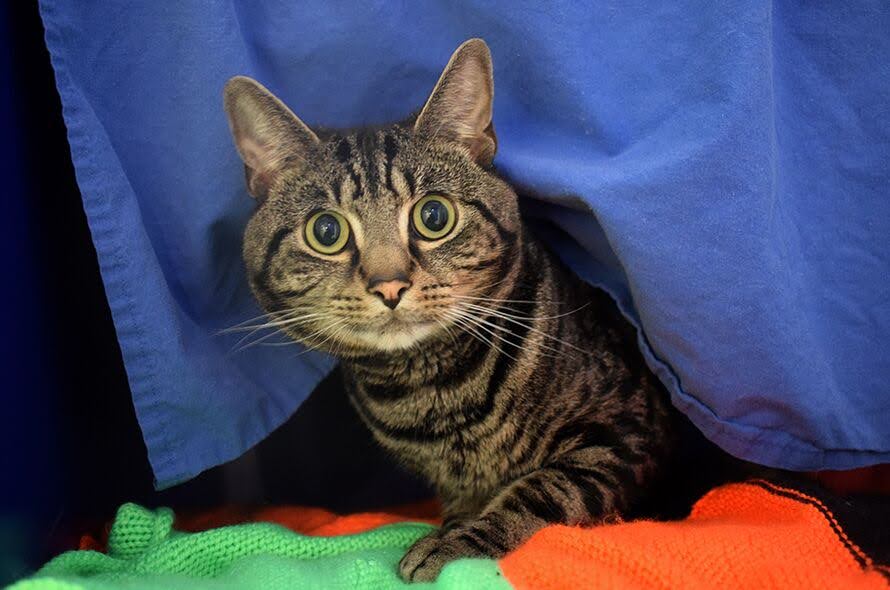
Recognizing this connection involves observing subtle behavioral cues, changes in body language, and understanding the context in which aggressive outbursts occur. Anxiety-induced aggression may present as hissing, growling, or even physical attacks. By acknowledging the relationship between anxiety and aggression, cat owners can approach behavioral issues with a more informed perspective.
Case Studies or Examples Illustrating the Connection
Real-world examples serve as powerful tools to illustrate the link between anxiety and aggression in cats. Consider a scenario where a cat exhibits aggression when introduced to a new environment or encounters a new pet. This behavior may be driven by heightened anxiety stemming from the unfamiliar surroundings.
Another case could involve a cat reacting aggressively during a vet visit due to fear and anxiety associated with medical settings. These examples highlight the diverse situations in which anxiety can manifest as aggression, emphasizing the importance of considering the broader context when addressing behavioral issues in cats.
Importance of Addressing Underlying Anxiety to Manage Aggression
Merely addressing the outward symptoms of aggression without understanding and mitigating the underlying anxiety is a temporary solution. To effectively manage aggression in cats, it’s crucial to delve into the root cause—anxiety—and implement targeted strategies to alleviate the stressors triggering aggressive behavior.
This holistic approach involves creating a supportive environment that minimizes potential stressors, implementing positive reinforcement techniques to build confidence, and, when needed, seeking professional guidance from veterinarians or animal behaviorists. By addressing anxiety, cat owners not only manage aggression but also contribute to their cat’s overall well-being and mental health.
In conclusion, unraveling the link between aggression and anxiety in cats provides a roadmap for a more nuanced understanding of feline behavior. Realizing that aggression is often a manifestation of underlying anxiety allows cat owners to approach behavioral challenges with empathy and tailored solutions, ultimately creating a more peaceful and enriching environment for their cherished feline companions.
Practical Strategies for Cat Owners: Elevating Feline Well-being
As devoted cat owners, the responsibility extends beyond understanding behavioral intricacies to implementing practical strategies that enhance the overall well-being of our feline companions. In this section, we explore actionable steps to create a cat-friendly environment, introduce environmental enrichment, employ positive reinforcement techniques, and the importance of seeking professional help when needed.
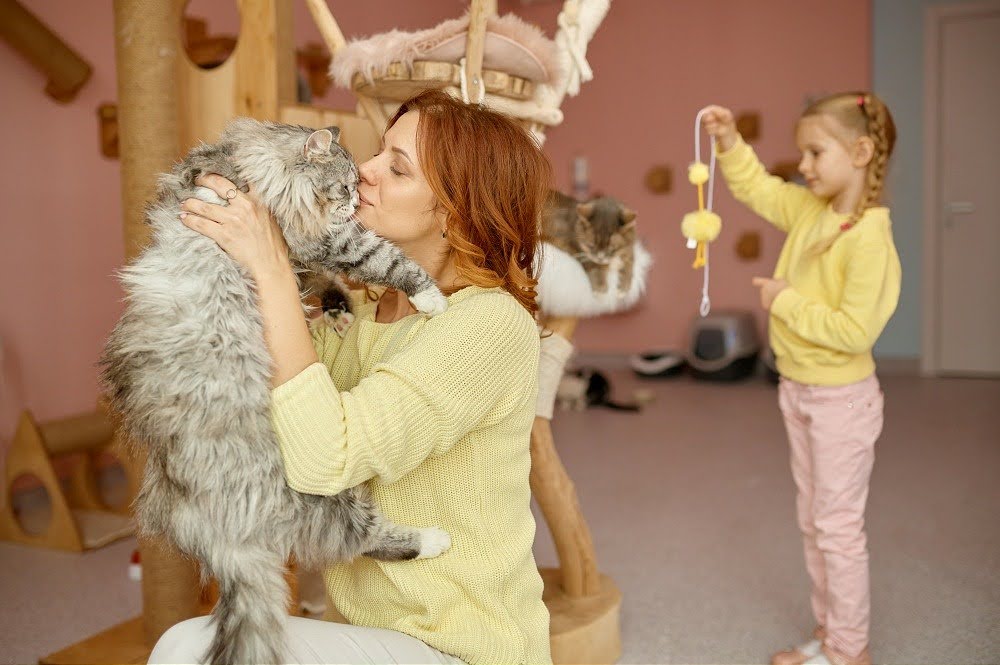
Creating a Cat-Friendly Environment
The foundation for a contented cat lies in the environment it inhabits. Crafting a cat-friendly space involves thoughtful considerations to meet their innate needs. Begin by providing designated areas for rest, play, and solitude. Cats thrive on vertical spaces, so incorporating cat trees or shelves can offer exploration opportunities and a sense of security.
Ensure litter boxes are placed in quiet, accessible locations, and maintain a consistent feeding schedule. Minimize sudden changes in the environment, as cats are creatures of habit and may find disruptions stressful. Creating a serene, cat-centric atmosphere promotes a harmonious living space.
Introducing Environmental Enrichment
Cats are natural hunters and explorers, and their environment should reflect these instincts. Environmental enrichment involves incorporating stimulating elements to engage their minds and bodies. Introduce interactive toys, scratching posts, and puzzle feeders to simulate hunting behaviors and keep them mentally and physically active.
Rotate toys regularly to prevent boredom, and consider providing a window perch where they can observe the outside world. Cats enjoy variety, and enriching their environment not only prevents behavioral issues but also contributes to their overall happiness.
Positive Reinforcement Techniques
Building a positive relationship with your cat involves reinforcing desirable behaviors through positive reinforcement. When your cat exhibits behavior you wish to encourage, such as using a scratching post or using the litter box, reward them with treats, affection, or playtime. Positive reinforcement strengthens the bond between you and your cat, creating a positive association with certain actions.
Avoid punishment, as it can lead to fear and anxiety, potentially exacerbating behavioral issues. Instead, redirect unwanted behaviors by providing alternatives. For example, if your cat is scratching furniture, offer a designated scratching post and reward them when they use it. Consistency and positive reinforcement contribute to a well-adjusted and cooperative feline companion.
Seeking Professional Help When Needed
Recognizing when to seek professional guidance is a testament to responsible cat ownership. Persistent behavioral challenges, sudden changes in behavior, or aggression that escalates require expert intervention. Veterinarians and certified animal behaviorists possess the knowledge to conduct thorough assessments, identify underlying issues, and offer tailored solutions.
Professional help is especially crucial when addressing complex issues like anxiety or severe aggression. Veterinarians can rule out underlying medical conditions, and behaviorists can provide targeted strategies to modify behavior and improve the quality of life for both cat and owner.
In conclusion, implementing practical strategies for cat owners goes beyond the basics of providing food and shelter. Creating a cat-friendly environment, introducing environmental enrichment, employing positive reinforcement techniques, and seeking professional help when needed are essential components of responsible and attentive cat care. By investing time and effort into these strategies, cat owners can create a fulfilling and enriched life for their beloved feline friends.
Conclusion: Nurturing Harmony in Your Feline Bond
As we wrap up our journey into the intricate world of cat behavior, let’s revisit key insights on understanding aggression and anxiety in our feline friends. This conclusion aims to not only summarize essential takeaways but also to inspire cat owners to deepen their connection with their furry companions, fostering a positive and enriching relationship.
Recap of Key Insights on Cat Behavior
Throughout this exploration, we’ve dissected the various facets of cat behavior, delving into the complexities of aggression and anxiety. From recognizing types of aggression to decoding subtle signs of anxiety, cat owners now possess valuable insights into the nuanced language of their feline companions.
Understanding that aggression often stems from underlying anxiety provides a holistic perspective. By addressing the root causes, cat owners can implement targeted strategies to create a supportive environment conducive to their cat’s well-being.
Encouragement for Cat Owners to Invest Time in Understanding Their Cats
The journey to a harmonious relationship with your cat begins with the investment of time and genuine curiosity. Cats, with their individual personalities and unique quirks, thrive on attentive companionship. Take the time to observe, engage, and build trust with your feline friend.
Investing in understanding your cat is not merely a commitment but a gratifying endeavor. As you decode their behavior, you’ll forge a stronger bond, creating a home where your cat feels secure, loved, and truly understood.
Closing Thoughts on Fostering a Positive Relationship with Feline Companions
In concluding this exploration, remember that fostering a positive relationship with your cat extends beyond managing behavioral challenges. Embrace the joys of companionship, engage in interactive play, and create moments of shared contentment. Cherish the unique qualities that make your cat an irreplaceable part of your life.
A positive relationship is built on patience, empathy, and mutual respect. By acknowledging and addressing the complexities of aggression and anxiety, you embark on a journey of companionship that transcends the everyday, creating a home filled with love and understanding.
In your ongoing interactions with your cat, keep the insights gained from this exploration in mind. As you navigate the intricacies of their behavior, may you find joy, fulfillment, and a deep sense of connection in your shared experiences with your feline companion.




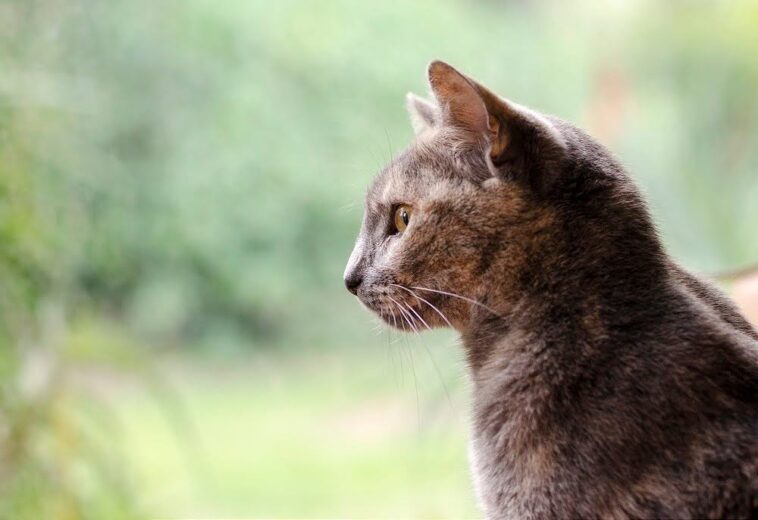


GIPHY App Key not set. Please check settings